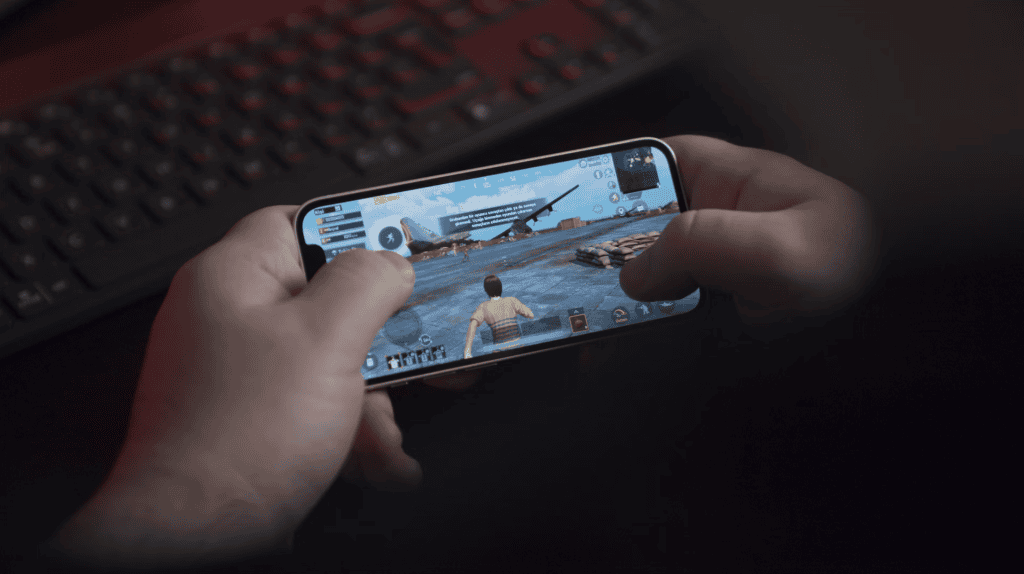The Biggest Gaming Innovations of Recent Years
The gaming industry never stands still. It is in a constant state of flux, changing as cultural tastes evolve and technical innovations make it possible for developers to push the boundaries of what is possible.
It is very easy to see this. Just take a look at some of the earliest video games like Pong which were little more than a few blocks on a screen and then compare them to modern titles that, in some instances, have graphics that are so realistic that they can be confused for real video footage. Perhaps the best example of this was during the Euro 2020 football tournament which saw a man in Toronto, Canada watch an entire half of a PES game thinking that he was watching a real match.
But this didn’t happen overnight. There have been decades of development and innovation that have made video games into what they are today. Early advancements came in the form of sound effects, broader colour palettes, and 3D graphics, but these have been blown out of the water by the innovations that we’ve seen in more recent years.
Of them, here are some of the biggest ones that have left their mark on gaming.
Online Multiplayer Gaming
If you wanted to play a game with your friends in the past, you had to meet together at their house and either take turns or play with a split screen. That was fine at the time, but it’s not ideal when you’re playing a shooting game and your opponent can see where you are by simply moving their eyes slightly to the left.
So it wasn’t long after the creation of the internet that gamers identified an opportunity to take advantage of this global network of computers to use it to play games remotely. Early online gaming was clunky, required players to host their own servers, and was often a lot of work.
Today, however, things are very different. As the technology has improved, players have been able to head online to compete with friends and complete strangers, no matter where they are on the planet.
In many ways, multiplayer gaming is helping to bring people together by letting them enjoy an activity together without actually being physically present. PokerStars is a great example of this because its home games feature is a digital version of hosting a poker night with friends at your house. It allows you to set your own rules, control who has access, and chat together with live video feeds as you play.
Similarly, both Microsoft and Sony have created private lobbies and friends lists that allow players to play together with or without strangers.
Without the further development of the internet, none of this would have been possible.

Mobile Gaming
Gamers have long dreamed of playing on the go, that’s why early devices like Nintendo’s Game & Watch was so successful. However, for several decades, developers had to make a trade-off between creating a device that was compact and easy to carry around and one that offered complex and engaging graphics and features.
Smartphones changed this within just a few years of the Apple iPhone reinventing the market in 2007. Very quickly, mobile gaming exploded, attracting many new people to the hobby for the first time.
This was helped by the fact that most mobile games are cheap or free, are easy to pick up and play for just a few minutes, and can be accessed on our own personal devices from anywhere, rather than being tied to a TV or computer screen.
Thanks to mobile gaming, the prevalence of microtransactions and free-to-play titles is much higher than before smartphones reshaped the hobby as many players now expect content to be made available for free.
Procedural Generation
While the internet and smartphones are very visible examples of technology changing the gaming landscape, procedural generation often goes unnoticed because it happens behind the scenes. Yet, it is no less important or influential.
This technology is a form of artificial intelligence that game developers use to have maps, textures, and other in-game elements generated by a computer, removing some of the work away from humans.
It’s more than simple outsourcing, procedural generation allows for larger and more detailed titles without the need for several times more people involved in a project. Additionally, some games, like No Many’s Sky and Minecraft use procedural generation on the fly to create truly unique maps every time a player moves their character to a new area.



Comments are closed.